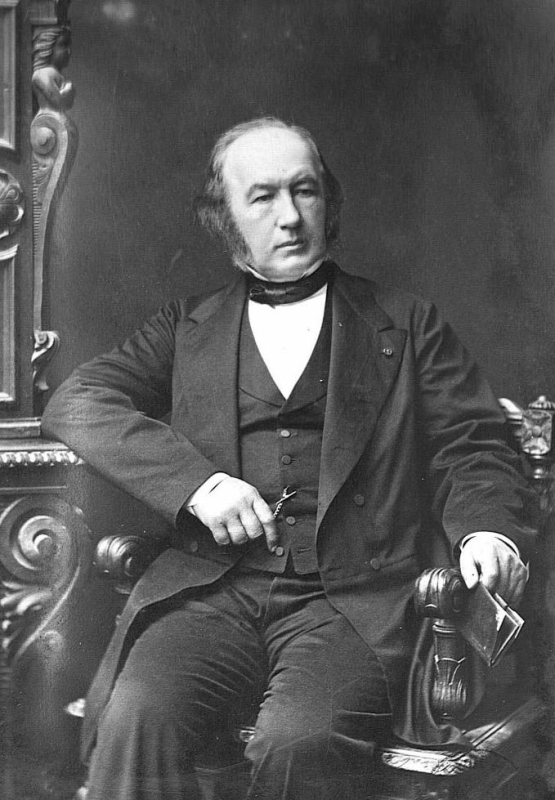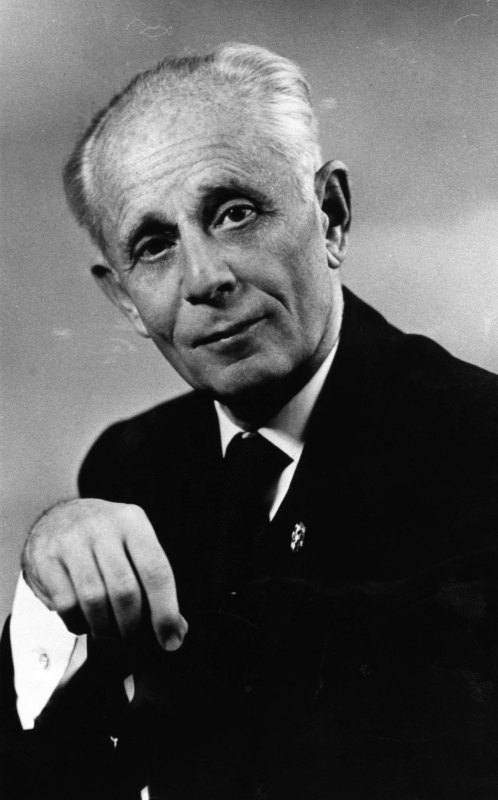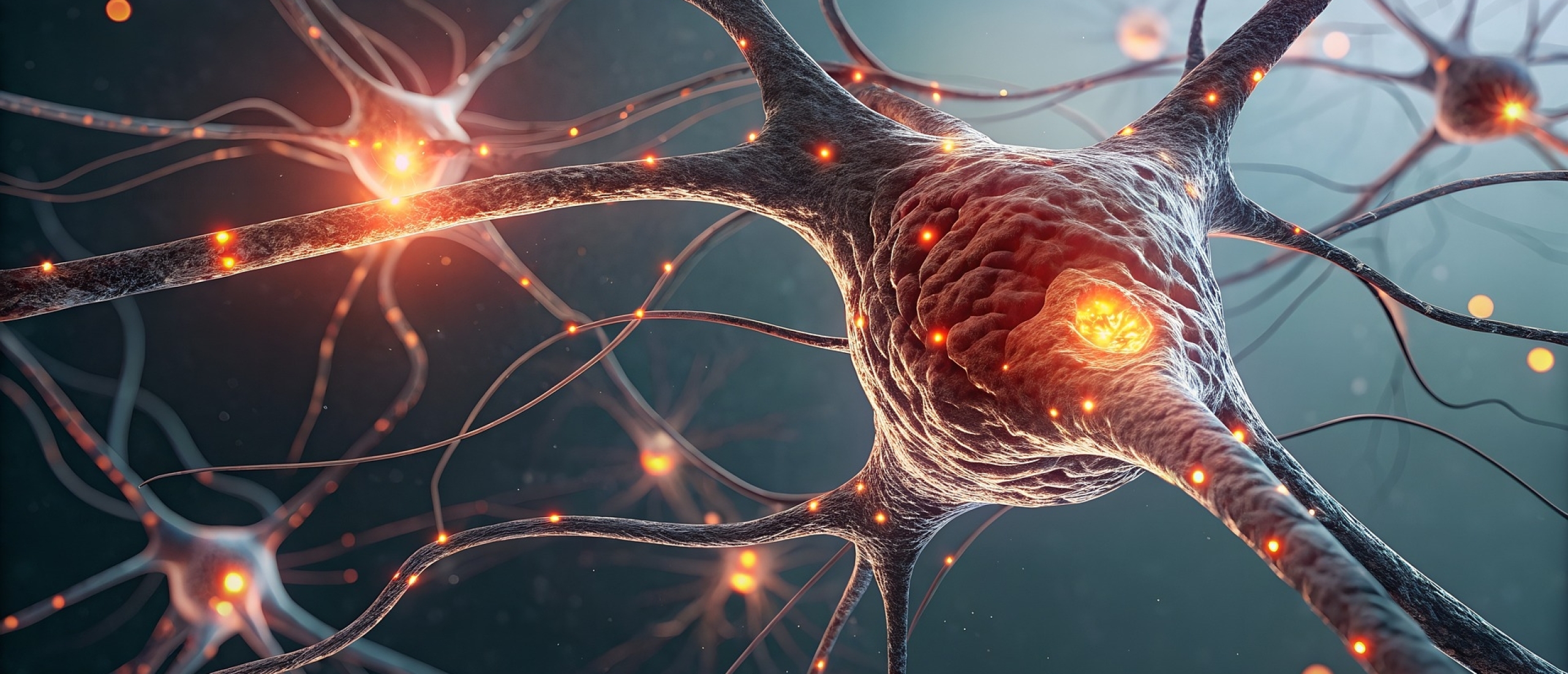
Are you suffering from stress despite trying all kinds of relaxation techniques? You’re not alone — and it’s not your fault. Many stress-reduction methods skip the crucial first step: understanding what stress really is.
This article explains the scientific definition of stress. Once you understand how stress works in your body, you can tailor your stress management strategies and stop wasting energy on generic advice. Let's dive into what science has discovered about the true nature of stress.
Why Understanding Stress Matters
You can’t effectively manage what you don’t understand. Knowing the definition of stress helps you:
- Identify your unique stressors
- Recognize how your body responds to them
- Choose solutions that fit your personal situation
Instead of applying one-size-fits-all techniques, you can work with your physiology — not against it.
Stress Begins with Balance: Homeostasis and Equilibrium
In the mid-19th century, Claude Bernard introduced a key idea: that the body must maintain a stable internal environment. This became known as homeostasis.

The concept of stress started with Claude Bernard in 1865. Unknown author, Public domain, via Wikimedia Commons
Walter Cannon later coined the term and extended it, showing how the body reacts to disturbances in equilibrium through automatic processes like sweating when it’s hot or shivering when it’s cold. He discovered that the sympathetic nervous system and hormones like adrenaline trigger these responses.
He also described the "fight-or-flight" response, a powerful survival mechanism. Your heart pounds, glucose floods your bloodstream, and your senses sharpen — all to help you act quickly.

Walter Cannon introduced the concept of "homeostasis", or equilibrium in the body. Perturbation of homeostasis induces stress. Unknown author, CC BY 4.0, via Wikimedia Commons
From Equilibrium to Overdrive: Hans Selye and the Stress Response
Hans Selye, a pioneering physiologist, took the idea further in 1956. Studying rats, he found that different stressors produced the same internal changes: larger adrenal glands, weaker immunity, and digestive issues. These effects, driven by the stress hormone cortisol, led him to define the General Adaptation Syndrome, a model with three phases:
- Alarm phase: Initial activation of stress responses
- Adaptation phase: The body resists the stressor
- Exhaustion phase: Prolonged stress overwhelms the body, leading to illness
This model leads to a crucial point: stress is not a disease. It’s a condition that prepares you to solve problems. But when it persists too long, it turns harmful.

Stress Responses Are Both General and Specific
Here’s something fascinating: no matter the cause, the body often reacts in similar ways (increased heart rate, hormone release). But the modern view acknowledges that responses also vary depending on:
- The type of stressor (physical, emotional, environmental)
- How you perceive it
- Your capacity to cope
This means two people can face the same situation and react completely differently. Stress isn’t just about what happens to you — it’s about how your brain processes it.
Allostasis: A Flexible Stress System
To handle changing environments, your body can shift the internal balance. In 1988, scientists introduced the term allostasis to describe this dynamic process: the ability to adjust setpoints (like blood pressure or hormone levels) to adapt to new situations.
Unlike the old view of fixed setpoints, allostasis shows that your body can find new equilibriums to meet challenges. For instance:
- Moving to high altitude shifts your oxygen balance
- Facing ongoing cold changes your core temperature settings
This flexibility is what helps you survive — but it comes with a cost.
When Adaptation Fails: Allostatic Load
Bruce McEwen introduced the concept of allostatic load: the wear and tear from chronic stress. If your body is constantly trying to adapt, the long-term pressure can lead to:
- Cardiovascular disease
- Depression
- Immune dysfunction
In other words, the very system that protects you in the short term can damage your health over time.
So, What Is Stress?
Stress is a physiological condition where your body detects a threat to its internal balance and launches a series of responses to adapt.
It’s not inherently bad. In fact, it’s essential to your survival and performance. The problem arises when stress becomes chronic and your body never gets a chance to recover.
How This Knowledge Helps You
Now that you know stress isn’t just mental or emotional — it’s biological — you can:
1. Recognize your symptoms early
Track how your body responds to stress: sleep disturbances, heart rate changes, irritability, fatigue.
2. Identify your stressors
Stress often comes from psychosocial issues: job strain, conflict, lack of control. Journaling can help spot patterns.
3. Intervene before it escalates
With awareness, you can prevent overload. For example, if you notice signs of burnout at work, act before your health suffers.
4. Tailor your stress management approach
There is no one-size-fits-all. Your stress profile depends on:
- Genetics
- Upbringing and life experiences
- Personality and coping style
Some people respond more strongly with adrenaline, others with cortisol. This affects how you adapt and what techniques work best.
Why Most Stress Programs Fail
Many programs ignore individual differences. They offer general exercises without asking what causes stress or how you respond. This leads to frustration and wasted effort.
How StressInsight Can Help
StressInsight simplifies the science and gives you actionable steps. Through our community and course, you’ll:
- Understand your personal stress responses
- Discover which stressors affect you most
- Choose interventions that actually work for you
You don’t have to be a neuroscientist or psychologist to reduce stress. We translate research into practical tools that fit your life.
Want to Keep Learning? Start With These Science-Based Articles
We’ve created a step-by-step pathway to deepen your understanding of stress — from biology to psychology and beyond:
- What is stress at work? Causes, Symptoms and how to Manage it
- How the Sympathetic Nervous System Influences Stress
- Stress and Cortisol: Friend or Foe?
- Stress and Energy Balance
- Switching Off Cortisol
- The Psychology of Stress
- Stress vs Anxiety: What’s the Difference?
- Can You Get Used to Stress?
- Why Stress Is Usually Not Something to Worry About
Each article builds on the last — helping you create a tailored, research-backed approach to managing stress.
Ready to take the next step? Join StressInsight today and build a stress strategy grounded in science — and built around you.











